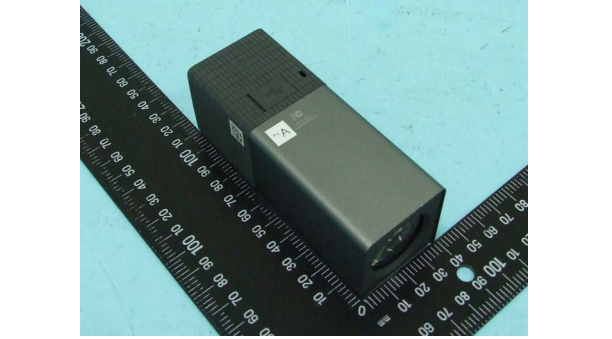
Make sure to check out our full Lytro Camera review.
Lytro continues to delight and intrigue the photography world, despite the fact that it hasn’t even shipped yet. We were able to go hands-on with the camera at CES, and while many of our initial questions have been answered, there’s still so much about Lytro that eludes us. Namely: where does it go from here?
It’s obvious that this is just the beginning for Lytro. It has nearly exclusive control over the consumer light field camera, and we can only imagine the manufacturers that are clamoring to grab a piece of this. It’s been revealed that before his death Steve Jobs’ interest had been piqued by the camera, despite some glaring design barriers that stand in the way of integrating this technology into an iOS device.
But a teardown courtesy of the FCC reveals that Lytro’s innards have wireless connectivity aspirations. The camera uses a chip (a Marvell Avastar 88W8787 SoC to be precise) that makes Wi-Fi and Bluetooth connectivity possible, so auto-exporting your Lytro photos may be available in a future iteration of the device. The currently available models (which only differ in storage size) don’t allow this feature, even though the capability is clearly built-in.

A few other things revealed in the FCC tear down:
- A small sensor – a 6.5×4.5mm sensor to be exact, which generally puts it between pocket cams and camera phones.The sensor, though small, boasts 11-megarays – yes, not megapixels. Lytro has coined the term megaray to better describe its light resolution. Basically, it’d be too many pixels to count. Not that we still don’t want to know…
- Zoran ZR364246BGXX processor
- Samsung flash memory
- Hynix SDRAM chip
Editors' Recommendations
- Nikon sale: Get up to $700 off select Nikon cameras and lenses
- Netflix sheds light on its ‘approved cameras’ for filmmakers
- The best mirrorless cameras
- The best digital cameras
- 10 ways to get the most from Samsung Galaxy S20 and S20 Plus’s camera


